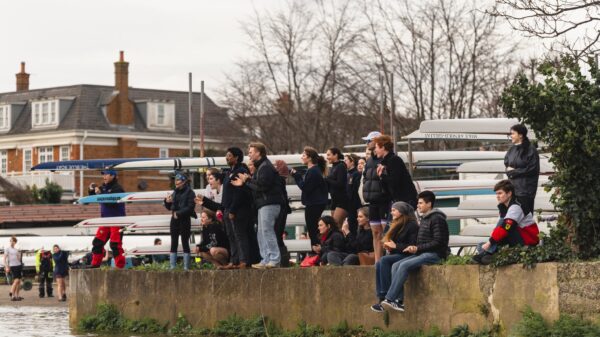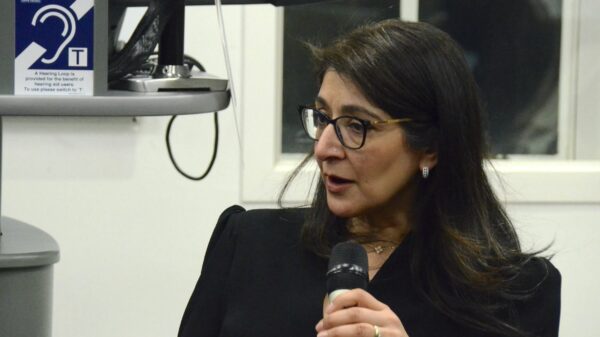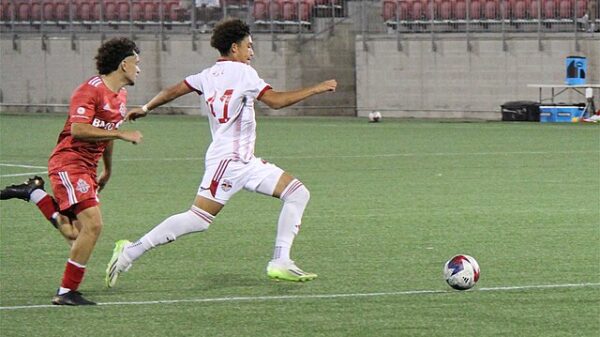Staff Writer Grace Holloway explores the prevalence of ACL injuries in Women’s Football and why it’s happening more frequently than in the Men’s game
The WSL has returned to our screens, but not without its consequences. It is reported the current season is already averaging at least one ACL injury per week: reflecting how the issue is still prevalent in women’s football.
In the first four weeks of the Women’s Super League Season, the list of players suffering from an ACL (Anterior Cruciate Ligament) injury is rapidly growing. With the Women’s Euro’s taking place next summer, this is beginning to set of alarm bells among fans and commentators.
As we are five weeks into the WSL season already five ACL injuries have occurred. The most recent was Liverpool’s 22-year-old Sofie Lundgaard went down in their match against Tottenham. Others have included Everton’s Aurora Galli and Inma Gabarro, as well as Chelsea’s Jorja Fox and Sophie Ingle.
This follows on from those stars still recovering from ACL injuries achieved earlier in the year, including Chelsea’s Sam Kerr and Tottenham’s Kit Graham. Last season also saw English stars Beth Mead and Leah Williamson were also forced to take time out for the injury.
The ACL injury is a tear to the anterior cruciate ligament in you knee, which can vary from a damaged ACL to a complete tear. Often the injury can correlate with other knee ligament damages such as a MCL, LCL or PCL tear.
In treating the injury it can be dealt with in nonsurgical treatments, but for most of the time the injuries facing football players do require surgical reconstruction to ensure long term stability.
Recovery time is usually around nine months, but many players often face a season out to recover. The impact of this is both physical and psychological and causes difficulties for the players when returning back to the game.
The ACL injury is frequent the Men’s football also. Manchester City star Rodri faced this disastrous fate after only a month into the new season, and now after surgery faces a whole season out of the game. This injury is one of those that drives concerns over increasing match fixtures, at a time when there is discussion surrounding possible top League male players strikes.
However, as studies and interest in Women’s football have increased, there is a main discovery that the ACL injury is hitting women’s football the hardest. Across the last Premier League season there were 10 ACL injuries in total, compared to as many as 37 female players that missed the 2023 world cup due to the injury.
Some studies have also found women are up to six times more likely to suffer ACL injuries compared to men, as well as 25% less likely to make a full return.
While new research studies such as Project ACL produced by: FIFPRO, Nike and Leeds Beckett university are beginning to gather research to tackle the epidemic, still more needs to be done to look into a solution for the issue. Currently only around 6-8% of all sport-science research is done on women.
One of the main issues that has been linked to the injury, is discomfort wearing football boots. Some report that as many as 82% of female players experienced discomfort wearing football boots. This is credited as a result of only a small amount of sports brands making specifically designed boots for women. Based on the differences between male and female bodies, there is wide calls for more boots to be developed and tailored to the female body and to prevent any strain that may cause injury.
Others have also related the injury issue to the growth of Women’s football and how additional fixtures may be placing additional strain on the athletes bodies. This also correlates with concerns from the Men’s game, that serious injuries are only going to grow as fixture schedules increase.
At a time where Women’s football is at it’s highest level yet in England, more needs to be done to ensure investment into tackling this injury epidemic for future female athletes. To some extent the lack of research and adjustments, to the female game displays how it is still treated in an inferior position. If more investment was made to tailoring football boots and specific programmes for female athletes from a young age to the professional stage, maybe the injury numbers would start to reduce.


















